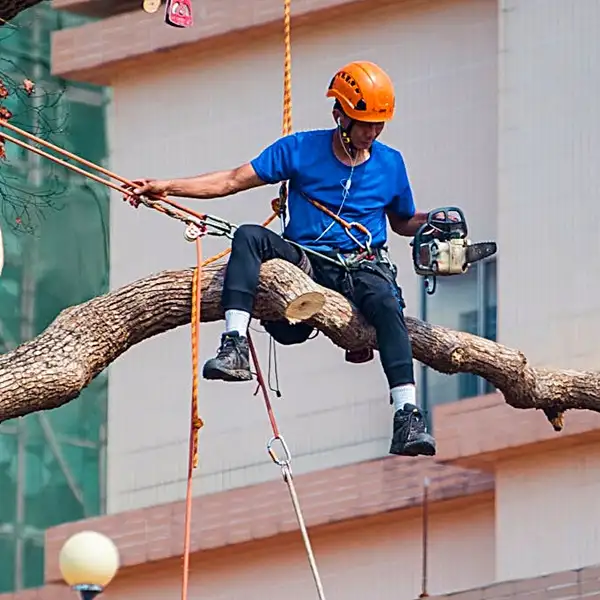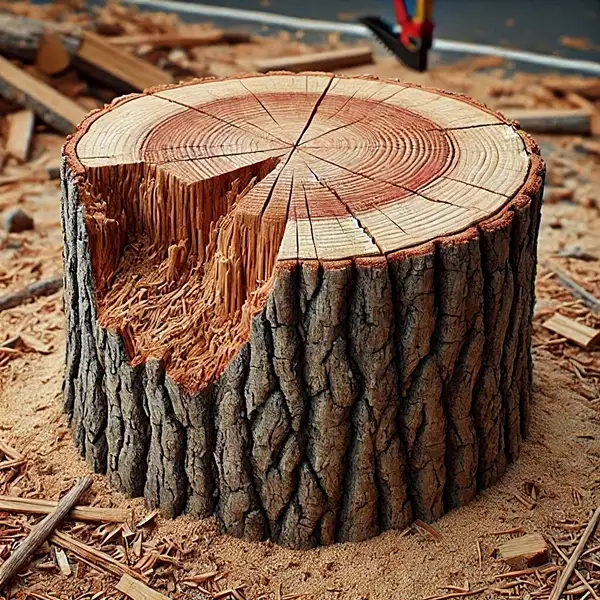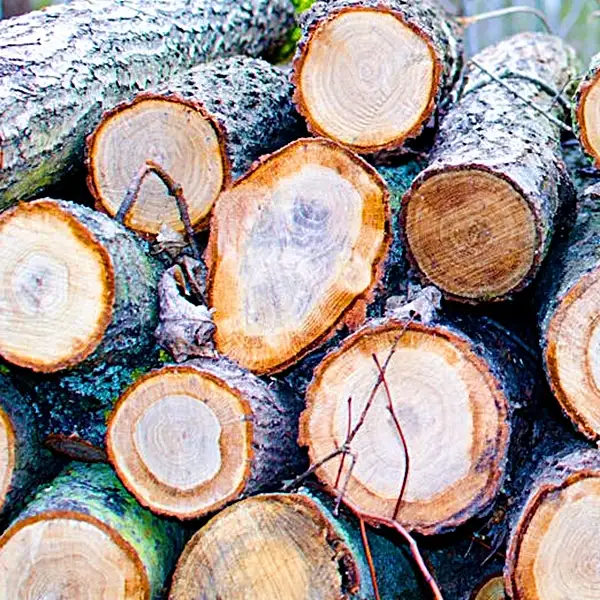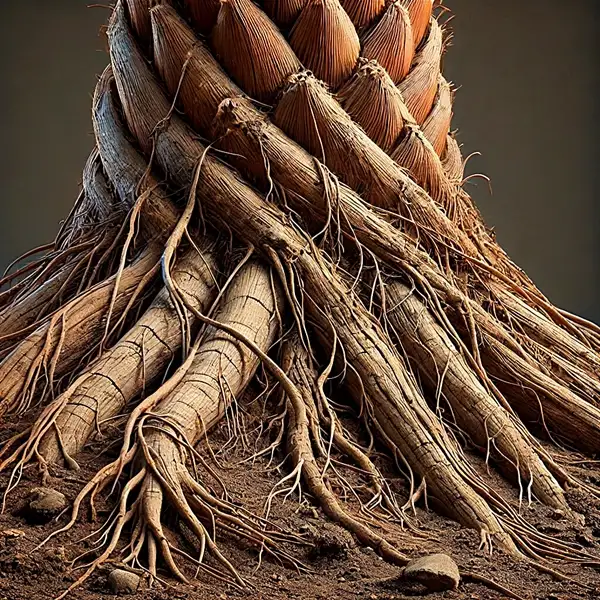Key Takeaways
| Key Takeaways |
|---|
| Discover the crucial reasons why removing a palm tree might be necessary. |
| Learn the essential tools and safety measures before starting the removal process. |
| How to get rid of palm trees? Follow a step-by-step guide to safely cutting down a palm tree. |
| Find out the most effective ways to deal with palm tree stumps. |
| Explore proper disposal methods that promote sustainability. |
| Uncover restoration tips to reclaim and beautify your landscape post-removal. |
| Get answers to common questions about palm tree maintenance, destruction, and treatment. |
Why Remove a Palm Tree
A palm tree is elegant & aesthetically appealing symbolizing a tropical paradise. However there are situations where its removal becomes necessary.
- You may want to eliminate them for aesthetic reasons i.e. landscaping changes or if they have become eyesores due to diseases or pest infestation.
- Some of the time, palm trees grow too large. They become safety hazards especially near buildings, power lines or public spaces. So they pose risks during storms or high winds.

Photo credits – Tara Winstead - Also, some species of palm trees like Canary Island Date Palms pose health risks by causing skin irritation & sinus allergies through their dust particles generated during seed dispersal periods.
- Financial considerations also prompt homeowners into tree-cutting decisions since maintaining huge aged palms can be costly due to regular trimming needs & pest control.
- Ecosystem imbalance is an important reason for removal. Invasive species disrupt local biodiversity by competing with native plants for resources i.e. nutrients, water & sunlight. Examples are palms like Queen Palm & Brazilian Pepper Palm that spread aggressively in certain regions harming biodiversity.
- Statistics from National Invasive Species Information Center show that invasive species including plants, animals, insects & microorganisms cause an estimated $120 billion in damages each year in U.S. alone! Removing an invasive palm tree could help protect your natural environment!
8 Necessary Tools & Safety Measures (Preparation Steps)

Before embarking on a mission to cut down any tree including a palm tree, one needs:
| Tool/Equipment | Purpose | Safety Considerations |
|---|---|---|
| Sturdy Gloves |
|
|
| Safety Glasses/Goggles |
|
|
| Boots with Firm Grip |
|
|
| Chainsaw or Tree Saw |
|
|
| Ladder |
|
|
| First Aid Kit |
|
|
| Boundary Markers |
|
|
| Emergency Contact List |
|
|
My 2 Safety Recommendations
- Considering safety measures is paramount when dealing with this task because fatal accidents result while cutting trees each year in U.S. – as reported by OSHA (Occupational Safety & Health Administration), a U.S. government agency.
- Involving professional arborists could provide much-needed expertise ensuring a safe removal process. Arbor Day Foundation advises people to hire certified tree experts to handle tree removals, because:
‘Trees are botanically complex, they know what’s best for the health of trees.’

How to Cut Down a Palm Tree Safely (Step-by-Step Guide)
| Step | Action | Purpose |
|---|---|---|
| 1. Assess Tree Dimensions & Fall Direction |
|
|
| 2. Determine Cut Points |
|
|
| 3. Make Notch Cut |
|
|
| 4. Perform Backcut |
|
|
| 5. Step Back & Let the Tree Fall |
|
|
3 Methods Comparison: How to Remove Palm Tree Stump

Not sure how to get rid of a palm tree stump? Compare these three methods based on speed, effort & effectiveness to find the right solution for your landscape:
| Method | Description | Timeframe | Considerations |
|---|---|---|---|
| Stump Grinding |
|
|
|
| Chemical Decay (Epsom Salts) |
|
|
|
| Manual Removal |
|
|
|
3 Proper Disposal Methods for Cut-Down Palm Trees
Our main goal should be to dispose of chopped palms in a sustainable way. This helps promote environmental awareness in society. Look for local recycling options:
| Disposal Method | Description | Environmental Impact |
|---|---|---|
| Composting |
|
|
| Controlled Burning |
|
|
| Mulching |
|
|
These practices support strict recycling goals & help combat deforestation. According to Food & Agriculture Organization’s (FAO) Global Forest Resources Assessment 2020 deforestation continues to claim approx 10 million hectares annually.
Although deforestation rate has declined over time (from 16 million hectares per year in 1990s to 10 million hectares between 2015 & 2020) losses remain significant. It highlights severe climate change impact caused by widespread deforestation.
Step-by-Step Guide: How to Restore Your Landscape After Palm Tree Removal

Post-palm removal, landscaping restoration adds the final touch to your endeavor:
| Step | Action | Benefits |
|---|---|---|
| Site Assessment |
|
|
| Plant Native Species |
|
|
| Implement Water-Efficient Landscaping |
|
|
| Soil Enrichment |
|
|
| Regular Maintenance |
|
|
| Hardscaping Elements |
|
|
| Fertilization Plan |
|
|
| Monitor & Adapt |
|
|
Replant & Restore: Keep Your Landscape Thriving
Remember that nature abhors a vacuum—always replant!
Removing an aged or diseased palm might stir emotions among nature enthusiasts, evoking nostalgia. As Sophocles aptly said,
‘Time, which sees all things, has found you out.’
This highlights how restoring the landscape brings new life & hope for protecting the environment.
Frequently Asked Questions
What chemical kills palm trees?
Glyphosate or triclopyr when applied to a freshly cut stump or injected into drilled holes effectively kills palm trees by disrupting their vascular system.
How to get rid of palm tree stumps?
Grinding removes stumps instantly. Drilling holes and applying Epsom salt or potassium nitrate speeds up decay, while manual digging ensures complete removal.
What destroys palm trees?
Pests, diseases like Ganoderma butt rot, poor soil conditions, extreme weather, and improper care weaken and eventually kill palm trees.
What chemical kills tree roots?
Copper sulfate, glyphosate or potassium nitrate penetrate & break down root structures preventing regrowth.
What kills tree stumps the fastest?
Potassium nitrate accelerates decomposition. Burning eliminates stumps quickly where permitted, while grinding provides immediate removal.
How deep are palm tree roots?
Palm roots spread horizontally rarely exceeding 3 feet deep making them easier to remove compared to deep-rooted trees.
What is the best fungicide for palm trees?
Propiconazole, thiophanate-methyl & copper-based fungicides prevent & treat fungal infections effectively.
What fungus kills palm trees?
Ganoderma butt rot, Fusarium wilt, and Phytophthora root rot cause fatal trunk, frond, and root decay.
What do you spray on palm leaves?
Neem oil, insecticidal soap, copper fungicide or nutrient-rich sprays protect against pests, fungi & deficiencies.








